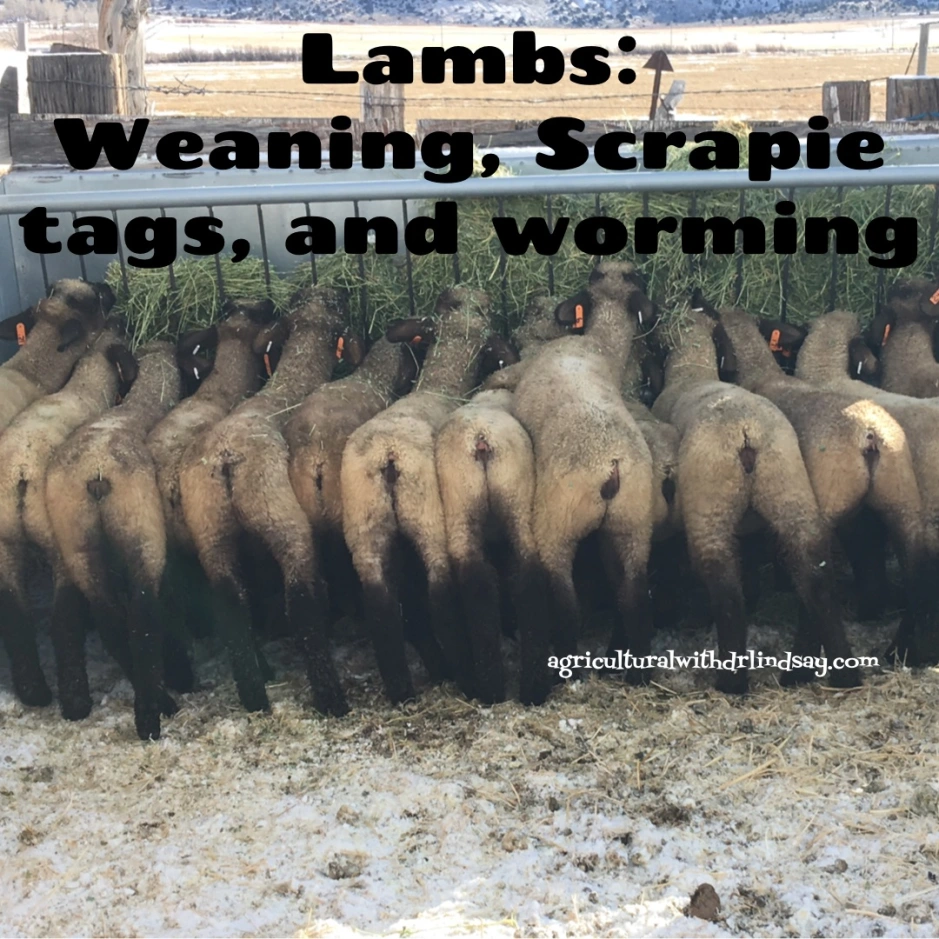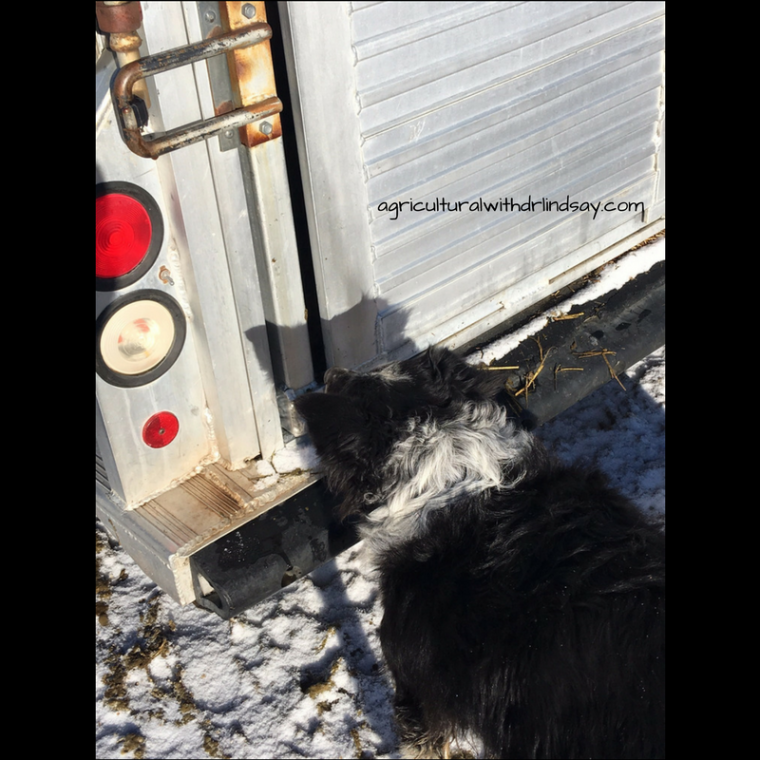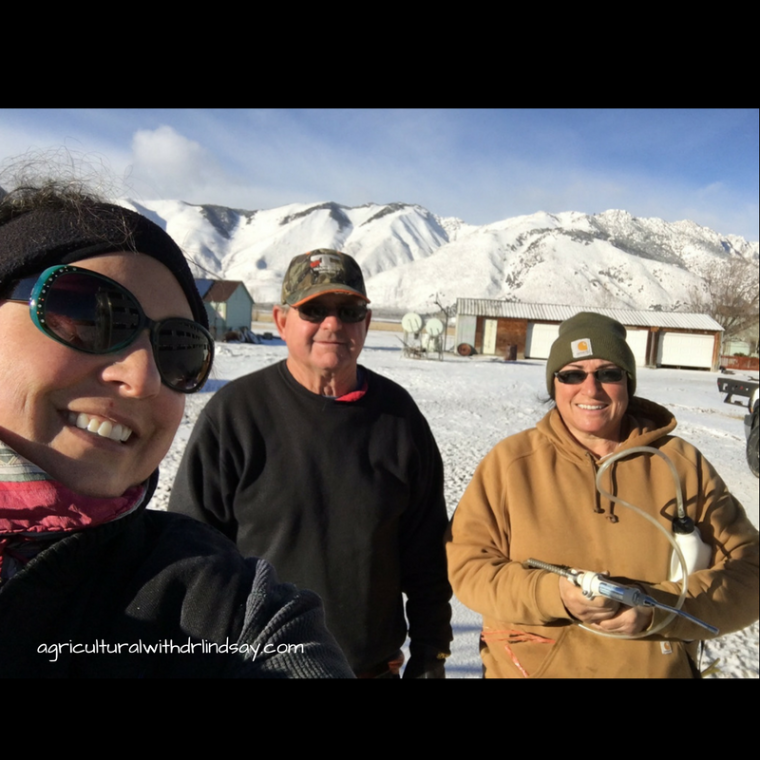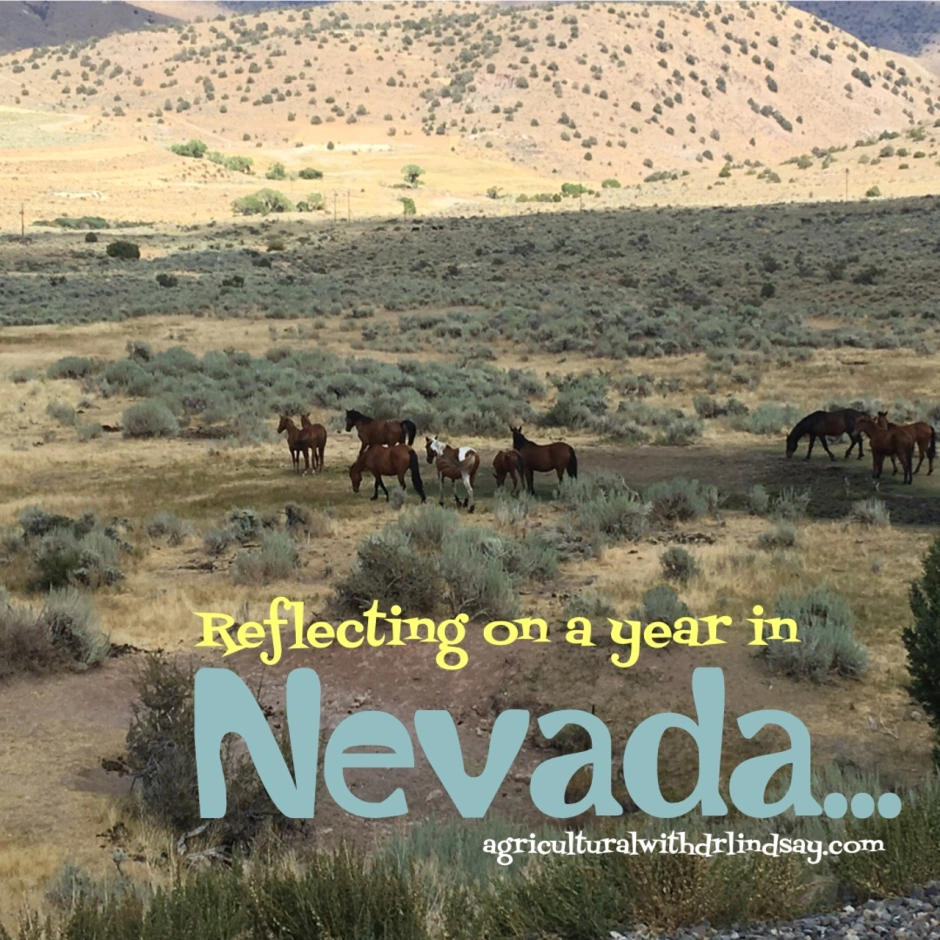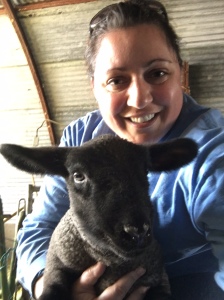Lambing (when the ewes (aka mamas) are having their babies) is always a fun and exciting season, albeit exhausting too. My parents are involved in the day-to-day tasks as the sheep ranchers, I get to help on weekends and when there are bigger tasks to do, like when we wean, tag, and worm the lambs.
Today I want to talk about what happens in the first few hours and days of the lambs’ life.
There are visual signs from the ewe when she is nearing lambing (I will go into that in another post), we keep a close eye on the ewes and check on them several times a day. Sometimes if we catch them early in the birthing process we will put them in their own private pen, and sometimes they have their lamb(s) in the bigger shed or outdoors, and we later move them into a private pen. We really try not to hover over them while they are birthing as it makes them nervous, and can delay the process. Instead we let them do their thing for about 30 minutes, then check on them, give them another 30 and check on them again. At this point if no progress is made we catch them and perform a pelvic exam to ensure the lamb is coming normally. A normal birth in the livestock world is both front feet and head coming first. Any other version of that usually results in us intervening.
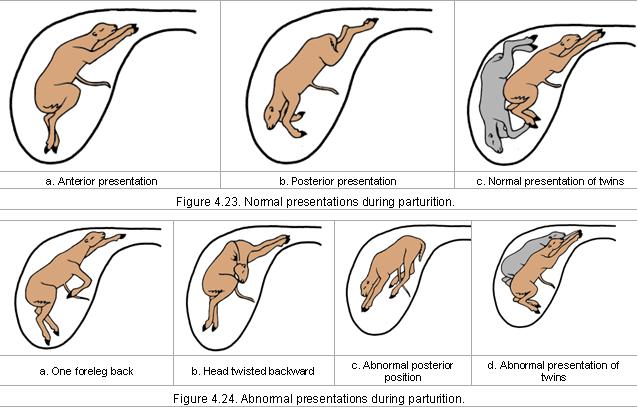
Also, depending on the age of the ewe and the size of the lamb she may need assistance having her lamb too. Unless there are complications we try to let her have the lamb on her own.
Once the lamb has been born, the ewe’s natural instinct is to get up and start licking the lamb off. This is a bonding process, but more importantly this dries the lamb, which is essential for survival if they are born outside in cold temperatures. At this point, if we see the birth we check to make sure that the nasal passages of the lamb(s) are clear and free of the amniotic sack or any any other blockages.
Almost immediately the lamb will try to start standing on wobbly legs to nurse. It is important that the lamb get the first milk (aka colostrum), which helps them get a good start on life. We watch closely to make sure they have figured out how to nurse. Sometimes they need a little help learning to latch on, and sometimes the ewe has so much milk that her teat is too big for the lamb to latch on, making it difficult for the lamb to nurse. Once the lamb gets older it has no problem keeping up with the ewe’s milk supply, but in the early days it can be challenging. Also in the first few hours we put iodine on the lamb’s navel, which helps decrease the chance of infection or illness. If the ewe is going to have another lamb, she will usually start birthing again shortly after licking the first one off. Sometimes however, she has a second one quickly and doesn’t have a chance to lick the first one off immediately. We hope that she comes back to clean both of them after the second one is born, if not we try to dry it off with an old towel.
As mentioned before, if the ewe and her lamb(s) are not already in a separate pen, they get moved to one. All pens have fresh straw, water for the ewe, and a heat lamp for the lamb. Also, when the ewe has finished lambing and taken care of her lambs (i.e. licked them off and let them nurse) we then provide her with hay, so can get her energy back up after the tough experience.
Depending on weather and how the lamb is doing, they will stay in this pen for about three days. Before they are turned out with the rest of the flock, the ewe receives her spring vaccinations and a paint number is put on her back that matches the number on the lamb’s eartag. The lamb will be weighed, given a unique eartag (that matches the ewe’s back number and her eartag number), and an elastrator is put on the tail. An elastrator looks like a green rubber cheerio. Essentially it cuts off the blood supply to the tail (or if applicable, the testicles – but that elastrator doesn’t go on until they get a little bit older).
At this point the ewe and her lamb are ready to join the rest of the flock. It doesn’t take long before the lambs are running and playing with other lambs and then eating hay out of the lamb feeders. At our ranch, the ewes and lambs are locked up at night to help keep them safe from predators (i.e. coyotes). We are careful to make sure these new little babies are in this space every night, as they start to learn the routine.
What didn’t I cover that you want to know more about?

Dr. Lindsay can also be found on:
– Twitter/Instagram (agwithdrlindsay)
– Facebook
– Pinterest




